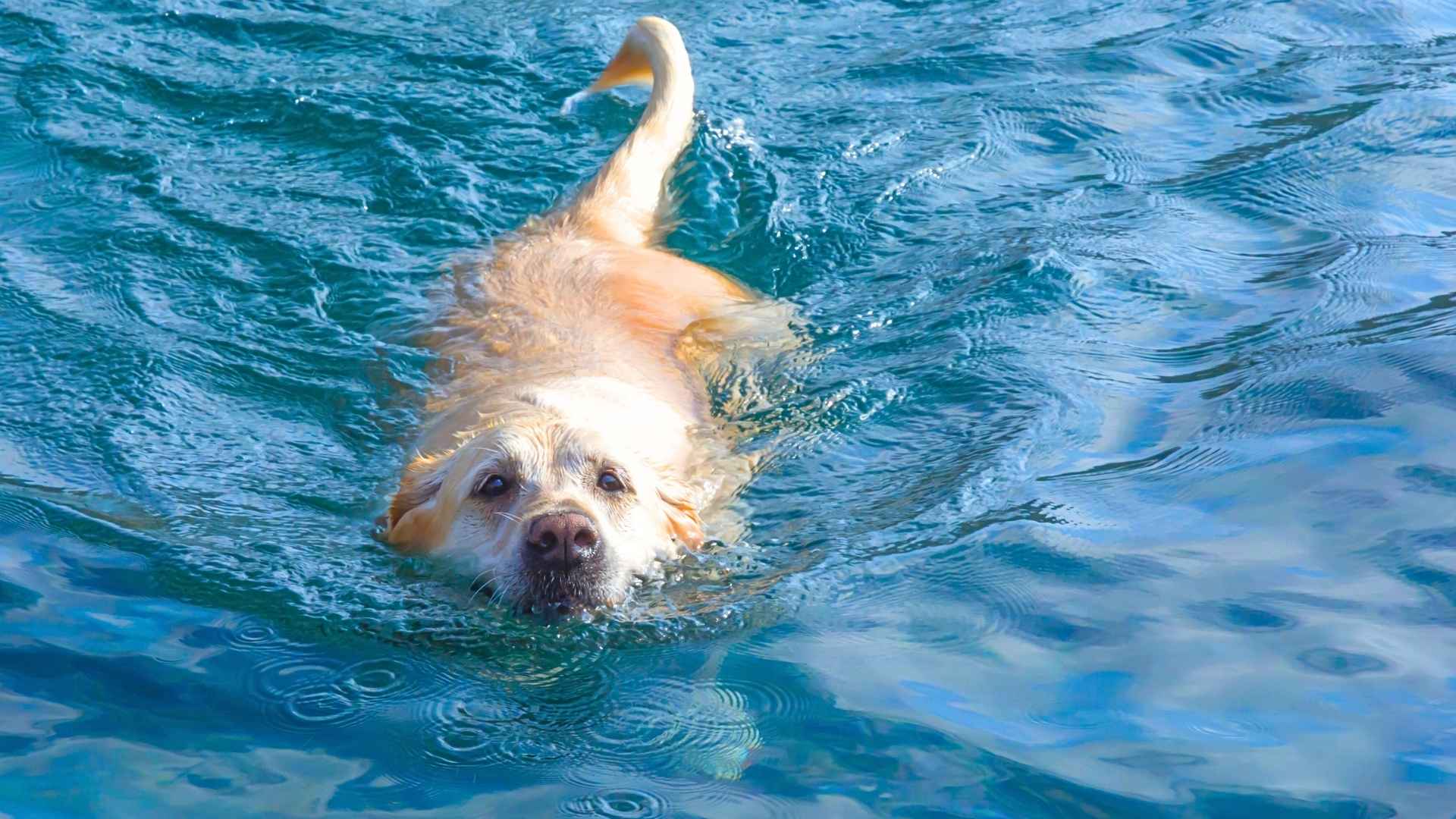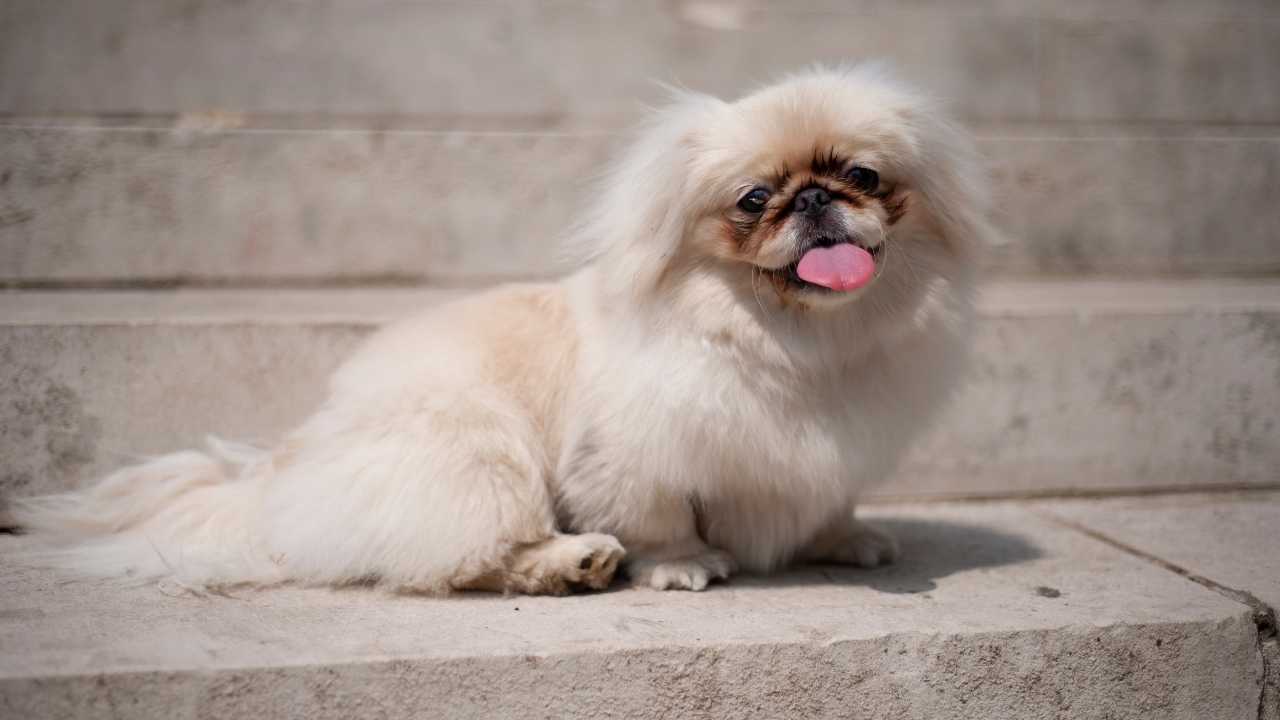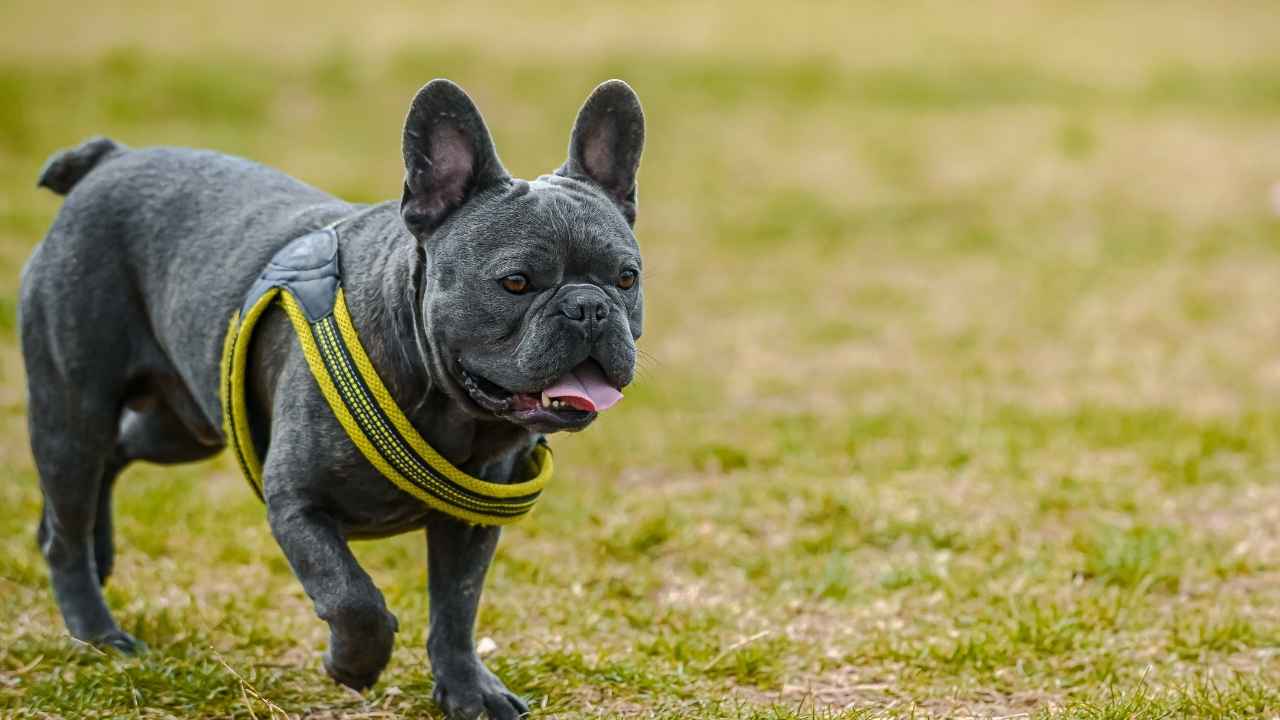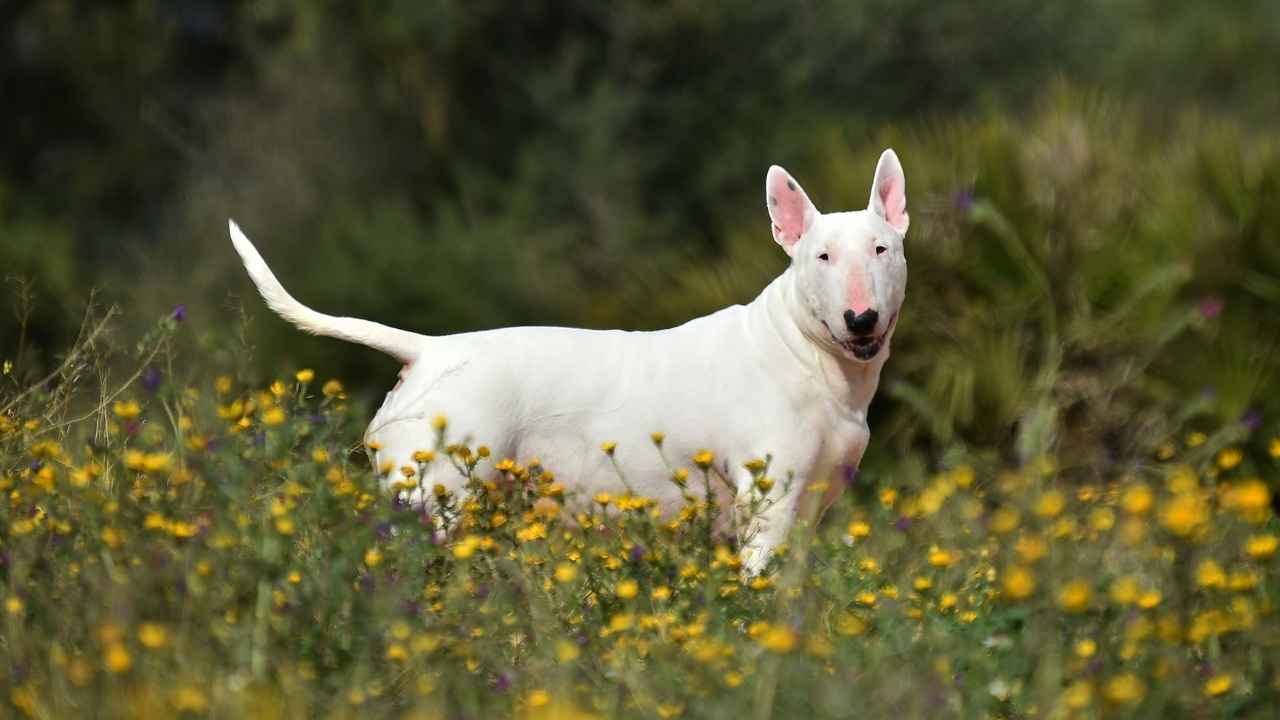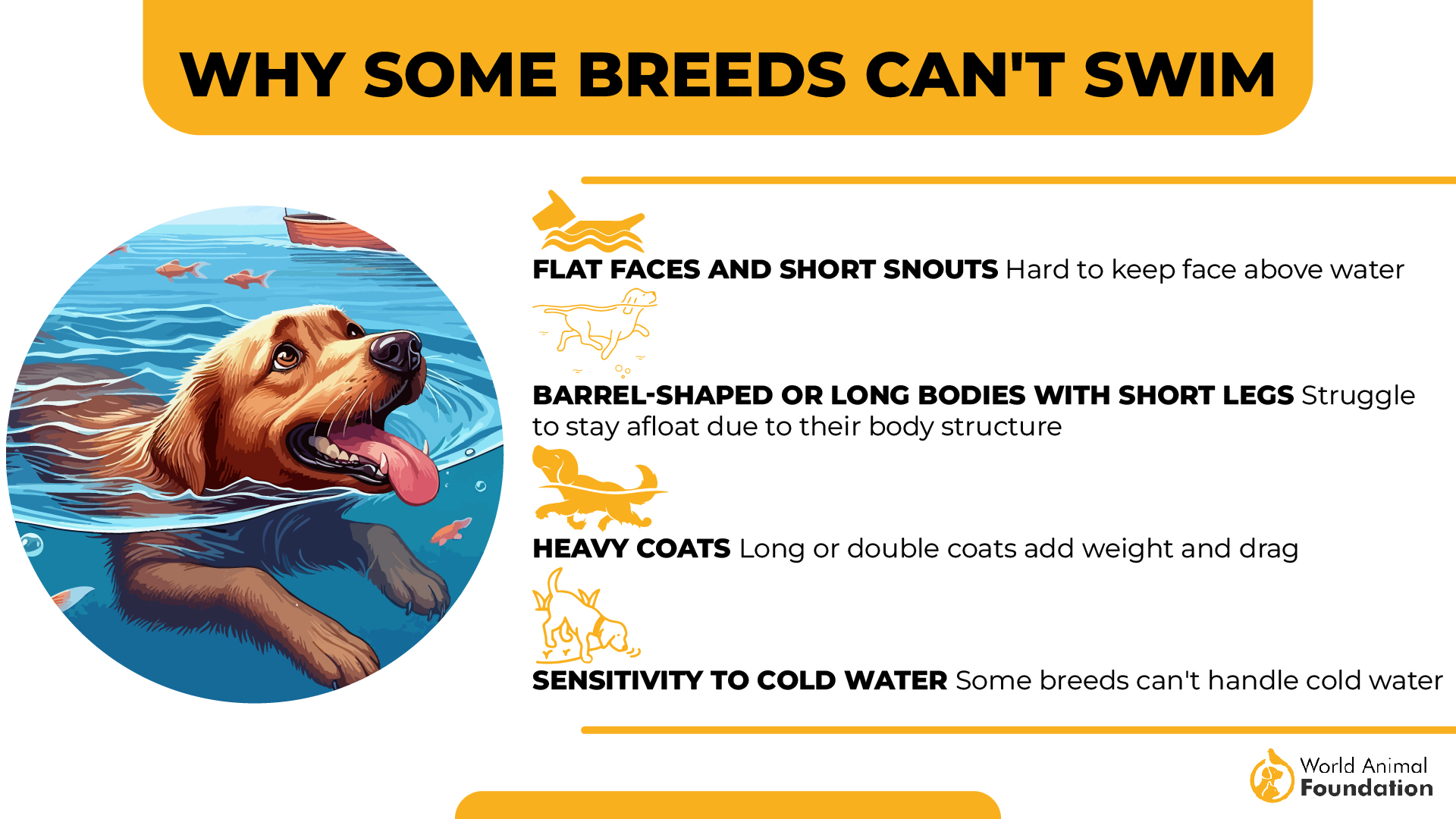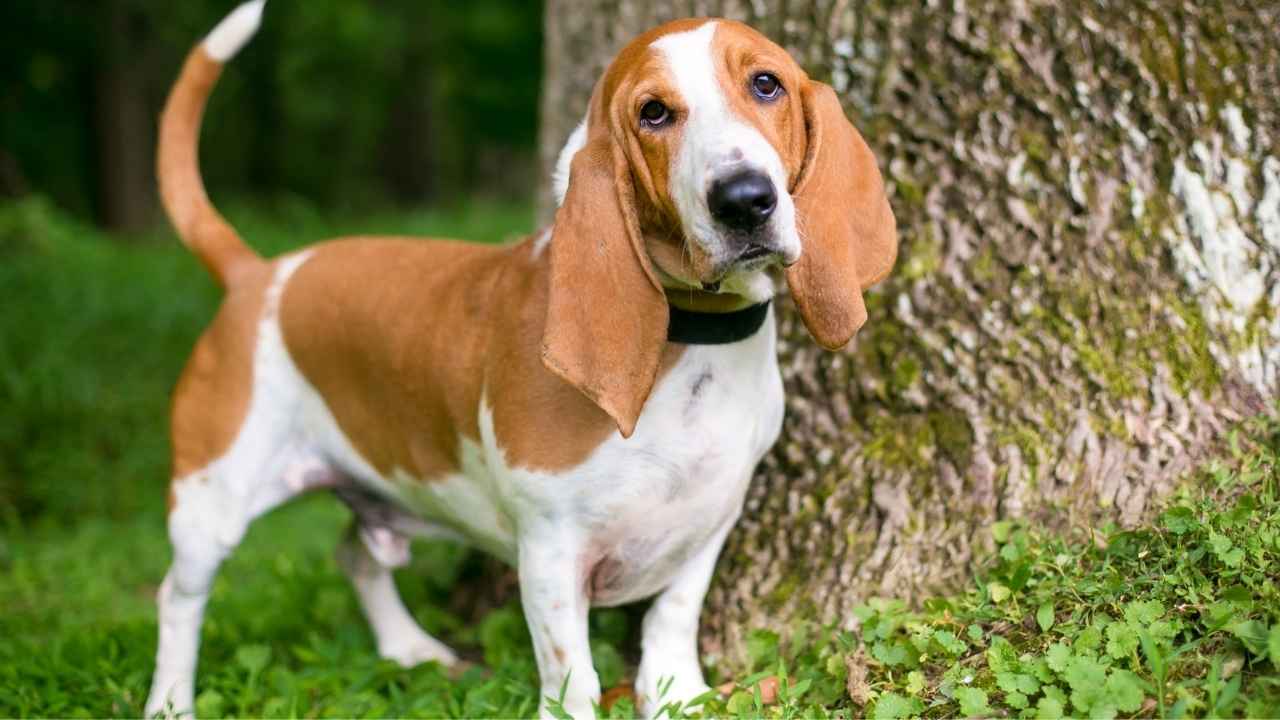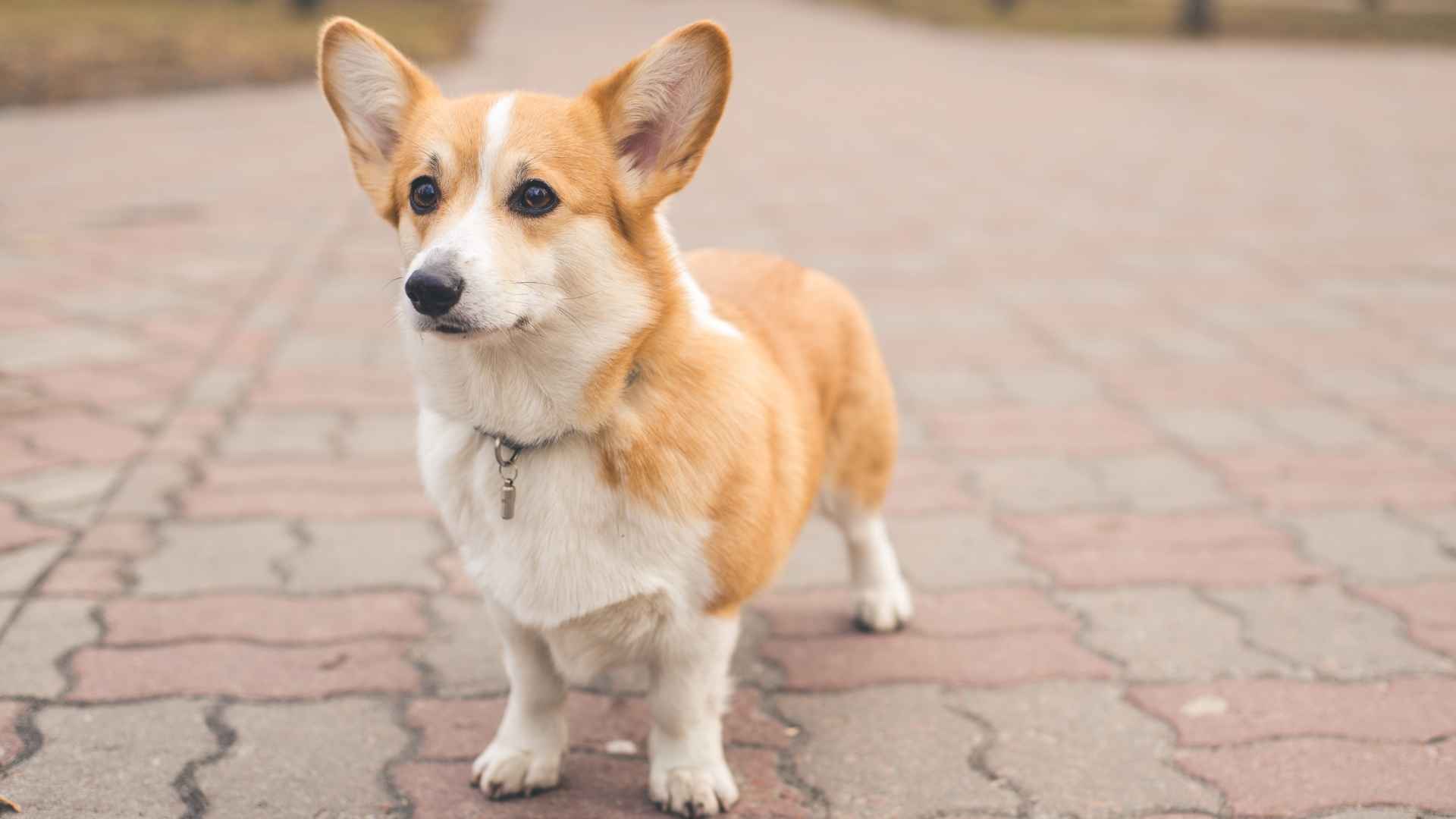When it comes to canine companions, not every four-legged friend is ready to make a splash. While some dogs love the water, boasting natural buoyancy and powerful strokes, others are better suited to staying on dry land. The structure of their bodies, weight distribution, and even anxiety levels can influence a dog’s swimming ability. In this exploration of “7 Dog Breeds That Make The Worst Swimmers,” we delve into the characteristics that keep certain breeds tethered to the shore. Discover why these adorable land lovers prefer keeping their paws less wet and how you can ensure their safety near water.
There’s something deeply heartwarming about watching a dog splash in the water, their excitement radiating with every paddle. But not all dogs are built for swimming. Some glide effortlessly, while others struggle to stay afloat, their paws flailing in a desperate attempt to keep their heads above water.
It’s easy to assume that all dogs instinctively know how to swim, but the truth is that certain breeds face serious challenges due to their body structure, facial shape, or muscle composition. For these pups, water isn’t a playground—it’s a potential danger.
Imagine the fear in your dog’s eyes as they realize they can’t keep up, their little legs working overtime yet barely making progress. It’s a heartbreaking sight no pet owner wants to witness. Breeds with heavy bodies, short legs, or flat faces often find swimming exhausting or even life-threatening. Let’s look at the ones that make it to this list!
Dog Breeds That Make the Worst Swimmers
1. Pekingese
The Pekingese, with its flowing mane and soulful eyes, is a bundle of love and loyalty. But beneath that royal charm lies a major challenge—this little pup is a terrible swimmer. According to PetMD, this breed has a cute smooshed face, but the structural abnormalities make it difficult for them to breathe properly in the water. No matter how hard they paddle, they sink faster than they swim, their tiny bodies struggling against the water.
Imagine your beloved Pekingese splashing desperately, eyes wide with fear, as they realize they can’t stay above water. Their fragile frame simply isn’t built for swimming, turning a playful splash into a life-threatening ordeal.
But that doesn’t mean they can’t enjoy water safely. With a snug life jacket, gentle wading, and constant supervision, your little companion can still cool off without the risk. As their protector, knowing their limits keeps them safe, happy, and always in your loving arms.
2. French bulldog
As a brachycephalic breed with a smushed face, and a heavy body, the French Bulldog, with its playful spirit and charming personality, is one of the worst swimmers. It is impossible for them to stay in the water without drowning.
Tiny bulldogs would excitedly step into a swimming pool on a hot day, but only to sink almost instantly. Their dense bone structure and compact physique make them tire quickly, increasing the drowning risk. Unlike athletic breeds built for water sports, French Bulldogs struggle even in shallow water.
Even good swimmers need support, but for Frenchies, water safety is critical. To help them enjoy splashing safely, pet parents should use a well-fitted life vest and supervise them closely.
3. Shih Tzu
The Shih Tzu is another dog breed that falls in the category of worst swimmers. Despite their small size, their heavy, dense fur and short legs make it very difficult for them not to sink. Shih Tzus aren’t equipped with the necessary body traits for swimming, which makes even shallow water a struggle.
These little dogs often tire quickly, and their flat faces only add to the challenge, making it difficult for them to breathe properly while in the water. The risk of drowning is real for a Shih Tzu, especially in deep water or during longer swims.
To keep your Shih Tzu safe around water, it’s crucial to take extra precautions. Their natural limitations mean that water activities should be supervised at all times, even in depthless areas. Keep their exposure to water short and sweet to avoid exhaustion, and always choose calm, shallow pools where they can stand if needed.
4. Boxer
Although the Boxer has a muscular physique and boundless energy and is well-recognized for its athleticism, swimming is not one of its strengths. Boxers face challenges due to their deep chest and heavy bone structure. Due to these physical traits, it gets difficult for them to stay on the surface for long.
Even though Boxers love water sports and can enjoy splashing around, they face difficulty in keeping their flat muzzles above the waterline. They get tired very easily and can struggle in deeper water unlike breeds built for swimming.
While Boxers may have a strong and burly build, it’s important to recognize their limitations in the water. Their heavy furry body and large heads make swimming more of a challenge than a fun activity. To ensure they’re not overexerting themselves, never let them swim for long periods. Opt for shallow areas where they can stand if needed, giving them a break when they start to tire.
5. Bull Terrier
If we talk about natural swimmers, Bull Terrier is far from it. While their muscular physique and boundless energy make them excellent at many activities, swimming isn’t one of them. Unlike breeds with long legs or a streamlined build, Bull Terriers lack the ability to swim efficiently.
It is a big challenge for them to stay above the surface even in depthless water. Heavy muscle and oversized heads on this breed also present a challenge for these dogs in the water, making it harder for them to manage the task at hand.
A life jacket can provide essential buoyancy, and limiting water exposure to short sessions will help prevent exhaustion. Keeping them safe means understanding their unique physical limitations and offering extra care in aquatic settings.
6. Basset Hound
Basset Hound is one of the breeds that can’t swim, or struggle mightily in the water. It gets very difficult for them to swim properly because of their short legs and barrel-shaped bodies. While their thick coat might be great for colder weather, it weighs them down in the water, making it hard to swim.
Due to their disproportionate body structure, Basset Hounds tire quickly in deep water. Their short legs and heavy frame prevent them from gaining the swimming stamina that breeds with longer bodies and lighter builds possess.
For Basset Hound owners, keeping them safe in aquatic environments requires extra attention. Always supervise to ensure their safety, and be mindful of their swimming limitations.
7. Pembroke Welsh Corgi
The Pembroke Welsh Corgi, known for its lively personality and short legs, might look like a natural candidate for swimming, but its physical traits actually make it one of the worst swimmers. With a long body, the Corgi’s short, sturdy, and disproportionately small legs struggle a lot to swim.
Though these little dogs love to play and splash around, they face difficulties in deep water. Their heavy bodies and deep chests cause them to sink rather than swim, especially in colder water. Corgis lack the endurance to keep up in the pool.
To keep your Corgi safe, always use a life jacket, even in shallow areas. Their limited swimming ability means supervision is crucial. With the right precautions and a focus on water safety, your Corgi can still enjoy cool dips while staying protected from the risks of swimming.
Conclusion
Dog breeds that make the worst swimmers often face challenges due to their unique physical traits. Breeds like the Basset Hound and Bull Terrier, with their short legs, dense bodies, and deep chests, could not swim properly and tire quickly in the water. These physical limitations make it difficult for them to stay on the surface, increasing their drowning risk.
Brachycephalic breeds like the French Bulldog and Shih Tzu also face issues when swimming. Their flat faces and short snouts hinder their ability to breathe effectively while in the water. With small legs and heavy bodies, they lack the natural swimming ability of breeds built for water, making water safety a priority for pet parents.
To keep these breeds safe, it’s essential to provide life vests, closely supervise their water activities, and limit their exposure to deep water. Understanding their swimming ability and physical limitations allows pet parents to take necessary precautions, ensuring a fun yet safe water experience.
In conclusion, while dogs are often associated with a love for water and swimming, not all breeds are natural swimmers. Factors such as body structure, coat type, and overall build can hinder their ability to stay afloat. Breeds with short legs, heavy bodies, or flat faces, like Bulldogs or Dachshunds, often struggle in water, making them poor swimmers. Understanding these limitations is crucial for ensuring their safety around water. It’s important for owners to provide supervision and consider protective measures like dog life vests to keep these breeds safe during aquatic activities.

